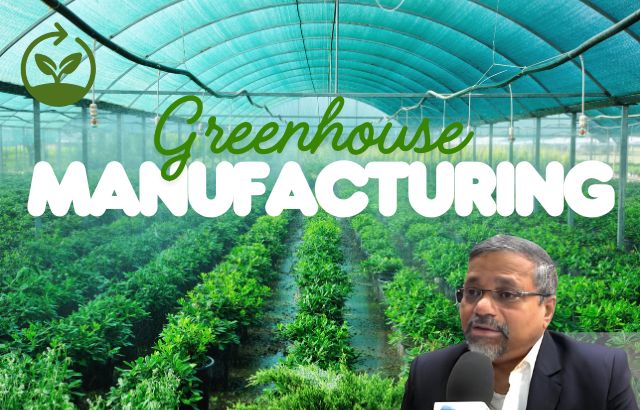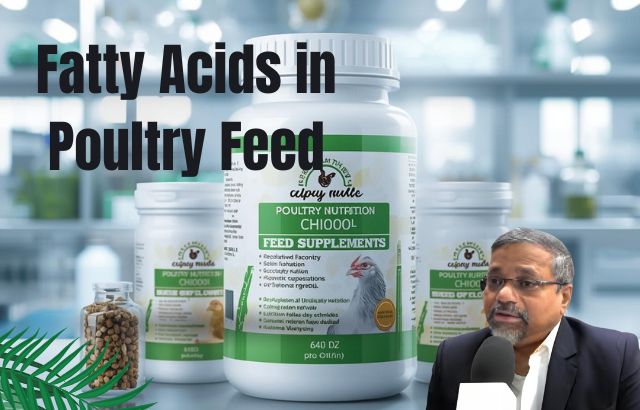Greenhouse manufacturing is at the forefront of modern agriculture, enabling year-round cultivation of high-value crops in controlled environments. As global demand for fresh produce rises, greenhouses are becoming essential for urban farmers, commercial growers, and research institutions. This blog explores the greenhouse manufacturing industry, highlights real-world examples, introduces the pivotal role of Green Innovators, and shares insights from Agriculture Green Innovator Jaiguru Kadam, including calculations and intriguing statistics. We’ll also address frequently asked questions to guide aspiring entrepreneurs and farmers.
The Greenhouse Manufacturing Landscape
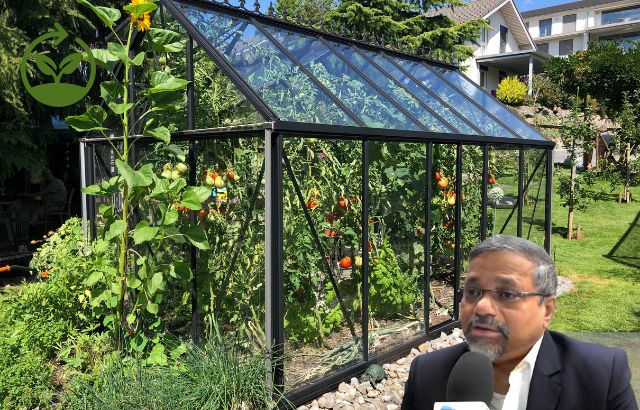
Greenhouses create optimal growing conditions by regulating temperature, humidity, and light, shielding crops from adverse weather and pests. The surge in urban and peri-urban farming, coupled with government subsidies, has fueled the demand for greenhouses. According to a 2023 report, the global greenhouse market is projected to grow at a CAGR of 8.3% from 2023 to 2030, driven by the need for sustainable food production.
Business Model Breakdown
- Raw Materials:
- Steel or aluminum for frames, ensuring durability.
- Polyethylene sheets or polycarbonate panels for transparent coverings.
- Shading nets and ventilation systems for climate control.
- Manufacturing Process:
- Fabrication of metal frames using cutting and shaping techniques.
- Welding to assemble robust structures.
- Assembly of covering materials and climate control systems like automated irrigation and smart glass.
- Target Market:
- Urban farmers seeking to maximize small land areas.
- Commercial growers producing high-value crops like tomatoes, cucumbers, and herbs.
- Research institutions developing new agricultural technologies.
Benefits of Greenhouse Manufacturing
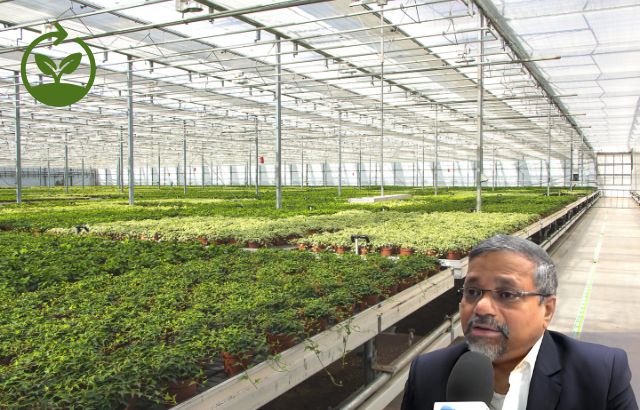
- High-Value Crop Production: Greenhouses enable cultivation of exotic vegetables, flowers, and herbs, fetching premium prices.
- Urban Farming Adoption: Cities like New York and Singapore are embracing rooftop greenhouses to meet local food demands.
- Government Support: Subsidies, such as India’s Greenhouse Farming Subsidy program, reduce initial investment costs.
Real-World Examples
- Westland, Netherlands: Known as the “Greenhouse of Europe,” Westland hosts 2,500 hectares of high-tech greenhouses producing fruits and vegetables for global export. These facilities use advanced climate control and hydroponics, showcasing the potential of large-scale greenhouse manufacturing.
- Leamington, Ontario, Canada: Dubbed the “Tomato Capital of Canada,” Leamington’s greenhouses cover over 60% of Ontario’s protected agriculture, leveraging automated systems for year-round tomato production.
- Horticulture Innovation Australia: This organization deployed smart glass systems using Luminescent Light-Emitting Agricultural Film (LLEAF) to optimize light transmission, boosting crop yields in greenhouses.
The Role of a Green Innovator
A Green Innovator in greenhouse manufacturing is a visionary who integrates cutting-edge technologies and sustainable practices to enhance efficiency and reduce environmental impact. Their roles include:
- Technology Integration: Implementing IoT-based monitoring systems, smart glass, and renewable energy sources like solar panels to minimize energy consumption.
- Sustainability Advocacy: Promoting eco-friendly materials, such as biodegradable coverings and water-recycling systems, to achieve zero-waste goals.
- Economic Analysis: Conducting feasibility studies to make greenhouse technologies affordable for smallholder farmers, addressing adoption barriers.
- Community Engagement: Educating farmers on the benefits of greenhouse farming, ensuring widespread adoption through workshops and demonstrations.
Green Innovators bridge the gap between technical advancements and practical applications, driving the industry toward a sustainable future.
Insights from Jaiguru Kadam, Agriculture Green Innovator
Jaiguru Kadam, a renowned Agriculture Green Innovator from India, has transformed greenhouse farming by introducing cost-effective and energy-efficient solutions. Below are two calculations by Kadam that highlight the financial and environmental benefits of greenhouse manufacturing.
Calculation 1: Cost-Benefit Analysis of a Small-Scale Greenhouse
- Setup Cost:
- Steel frame: $2,000
- Polyethylene covering: $500
- Automated irrigation system: $800
- Ventilation and shading: $700
- Total: $4,000
- Annual Revenue:
- Crop: Tomatoes (yield: 10 tons/year from a 200 sqm greenhouse)
- Market price: $1.5/kg
- Revenue: 10,000 kg × $1.5 = $15,000
- Annual Operating Costs:
- Labor: $2,000
- Water and nutrients: $1,000
- Maintenance: $500
- Total: $3,500
- Net Profit: $15,000 – $3,500 = $11,500
- Break-Even Period: $4,000 ÷ $11,500 ≈ 4.2 months
Kadam’s model demonstrates that a small-scale greenhouse can recover its investment in under six months, making it viable for smallholder farmers.
Calculation 2: Energy Savings with Smart Glass
- Traditional Greenhouse Energy Use:
- Heating and cooling: 500 kWh/month
- Cost: 500 kWh × $0.15/kWh = $75/month
- Smart Glass Greenhouse:
- Energy use with smart glass (reduces heat loss by 30%): 350 kWh/month
- Cost: 350 kWh × $0.15/kWh = $52.5/month
- Annual Savings: ($75 – $52.5) × 12 = $270
- Environmental Impact:
- Energy saved: 150 kWh/month × 12 = 1,800 kWh/year
- CO2 reduction: 1,800 kWh × 0.5 kg CO2/kWh = 900 kg CO2/year
Kadam’s adoption of smart glass technology not only lowers costs but also reduces greenhouse gas emissions, aligning with global sustainability goals.
Interesting Info

- Global Impact: Greenhouse farming accounts for 10–29% of global greenhouse gas emissions, but innovations like smart glass and renewable energy can reduce this by up to 50%.
- Market Growth: The U.S. greenhouse vegetable production spanned 715 acres in 2019, with tomatoes leading at 152 acres.
- Water Efficiency: Greenhouses use 70% less water than open-field farming due to precise irrigation systems.
- Job Creation: The greenhouse industry creates jobs in construction, technology, and agriculture, with greener industries growing 0.034% faster per percentage-point increase in green intensity.
- Adoption Challenges: Only 10% of smallholder farmers in developing countries adopt precision agriculture due to high costs, highlighting the need for subsidies.
FAQs About Greenhouse Manufacturing
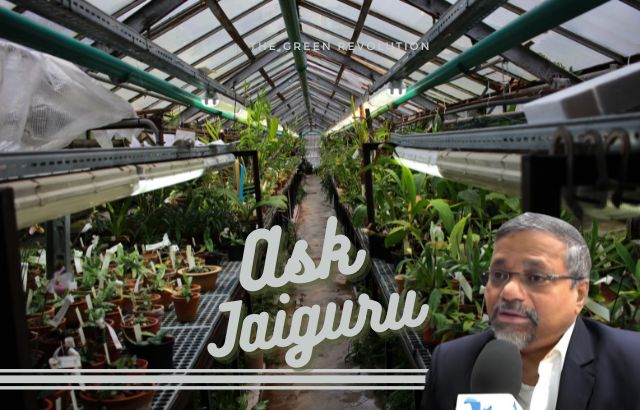
Q1: What is the initial investment for starting a greenhouse manufacturing business?
A: The investment varies by scale. A small-scale greenhouse (200 sqm) costs around $4,000, while large-scale facilities may require $50,000–$100,000. Government subsidies can offset 20–50% of costs in countries like India.
Q2: How do greenhouses contribute to sustainability?
A: Greenhouses reduce water usage, minimize pesticide application, and enable year-round production, lowering the carbon footprint compared to traditional farming.
Q3: What are the challenges in greenhouse manufacturing?
A: High initial costs, energy expenses, and market competition are key challenges. Green Innovators address these by introducing affordable technologies and renewable energy solutions.
Q4: Can smallholder farmers adopt greenhouse farming?
A: Yes, with subsidies and cost-effective designs like those by Jaiguru Kadam, smallholder farmers can achieve profitability within months.
Q5: What crops are best suited for greenhouse farming?
A: High-value crops like tomatoes, cucumbers, peppers, herbs, and flowers (e.g., roses) thrive in greenhouses due to controlled conditions.
Conclusion
Greenhouse manufacturing is reshaping agriculture by enabling sustainable, high-yield crop production. With real-world success stories from the Netherlands to Canada, the industry is poised for growth. Green Innovators like Jaiguru Kadam are driving this transformation by introducing affordable and eco-friendly solutions, as evidenced by their cost-benefit and energy-saving calculations. As urban farming and government support expand, greenhouse manufacturing offers a promising path to food security and environmental sustainability. Whether you’re a farmer, entrepreneur, or innovator, now is the time to embrace this green revolution.

